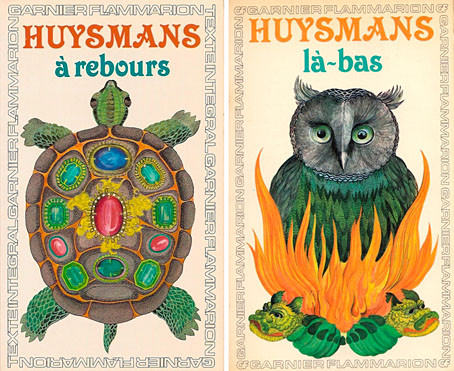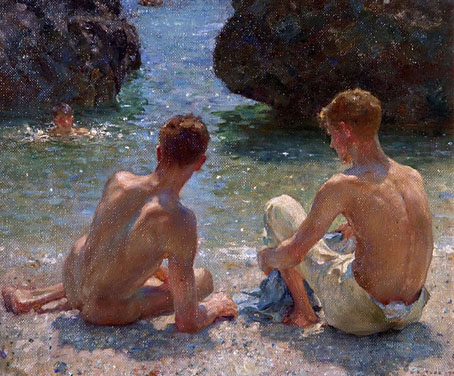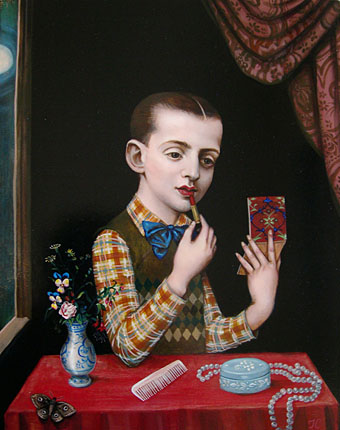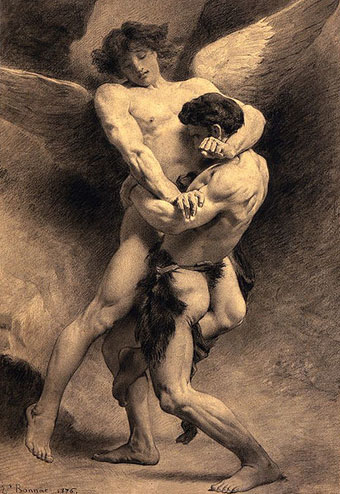An illustration by William Heath Robinson for A Midsummer Night’s Dream (1914).
• New music: How To Shoulder The Radiance Of Revelations by Dadub; Leviathan by Stephen Roddy; and Echoes Of The Hollow Earth by Cryo Chamber.
• At Sight & Sound: “Every time I look at the film, it gets better.” Stephen Soderbergh on Jaws.
• At Public Domain Review: The Language of Form: Lothar Schreyer’s Kreuzigung (1920).
Leafing through the merveilleux-scientifique novels today allows for a dual rediscovery: firstly, it uncovers the previously unrecognised richness of Belle Époque scientific fiction, which did not perish with the works of Verne. The stories take in journeys to Mars, solar cataclysms, reading of auras, psychic control, weighing of souls, death rays, alien invasions, even strolls among the infinitesimally small. But exploring the genre also offers insights into the cultural history of the era, marked by a significant permeability between science and pseudo-science. Reading this work, we can learn a lot about the aspirations, fears and beliefs of early 20th-century Europe.
Fleur Hopkins-Loféron on the evolution of French science fiction after Jules Verne
• Mix of the week: A Twin Peaks mix for The Wire by Lori Eschler & Dean Hurley.
• Steven Heller’s font of the month is Kefir.
• Patrick Wolf’s favourite albums.
• Frou-Frou Foxes In Midsummer Fires (1990) by Cocteau Twins | Midsummer Night (2010) by The Time And Space Machine | Midsummer Boulevard (2022) by Hawksmoor






